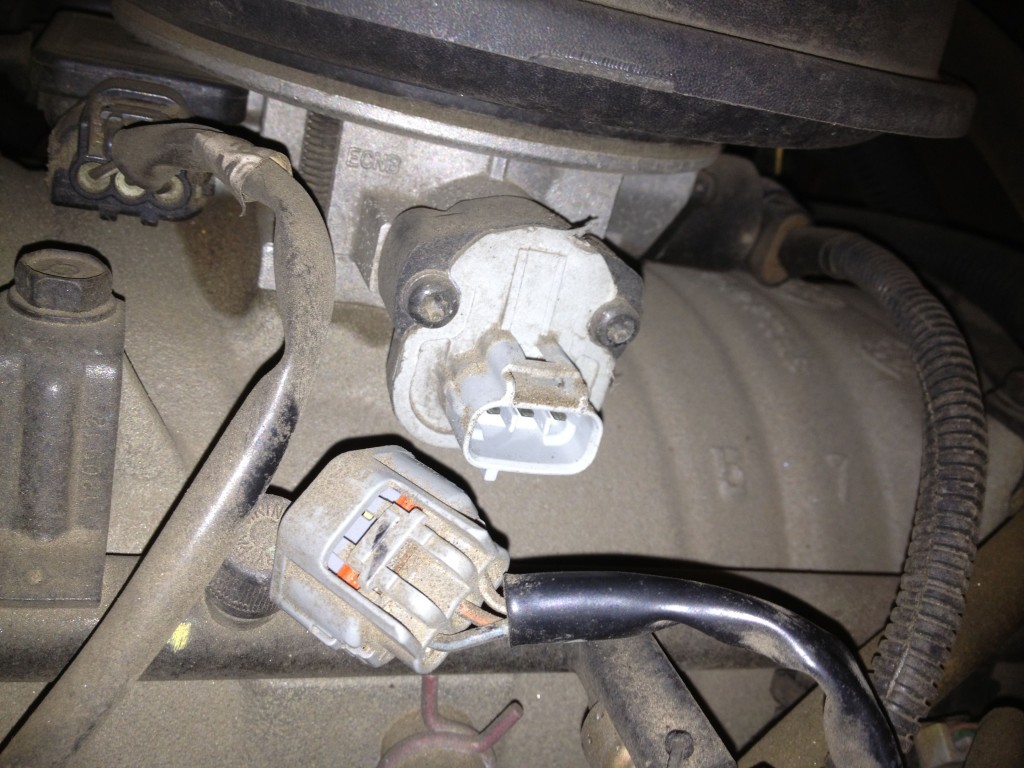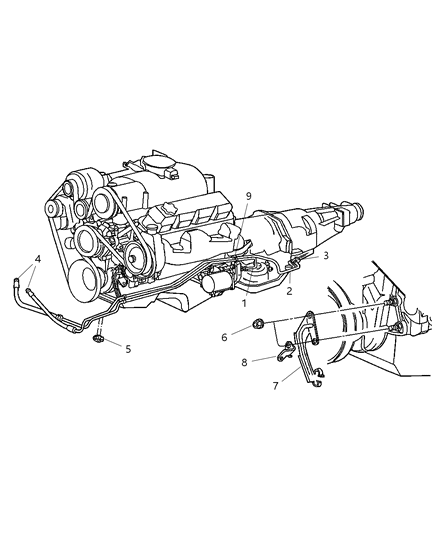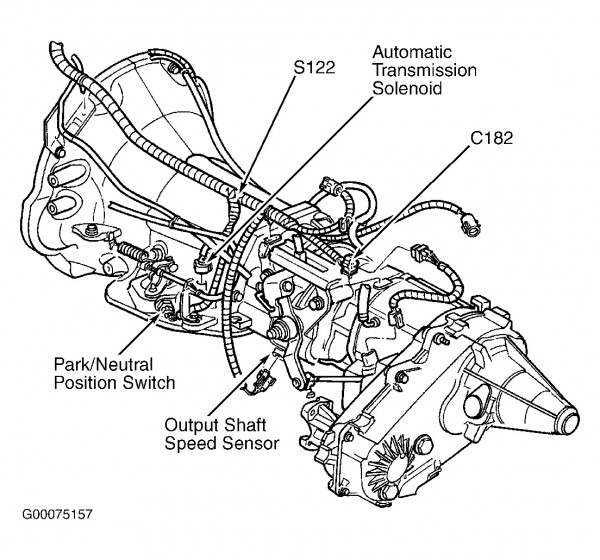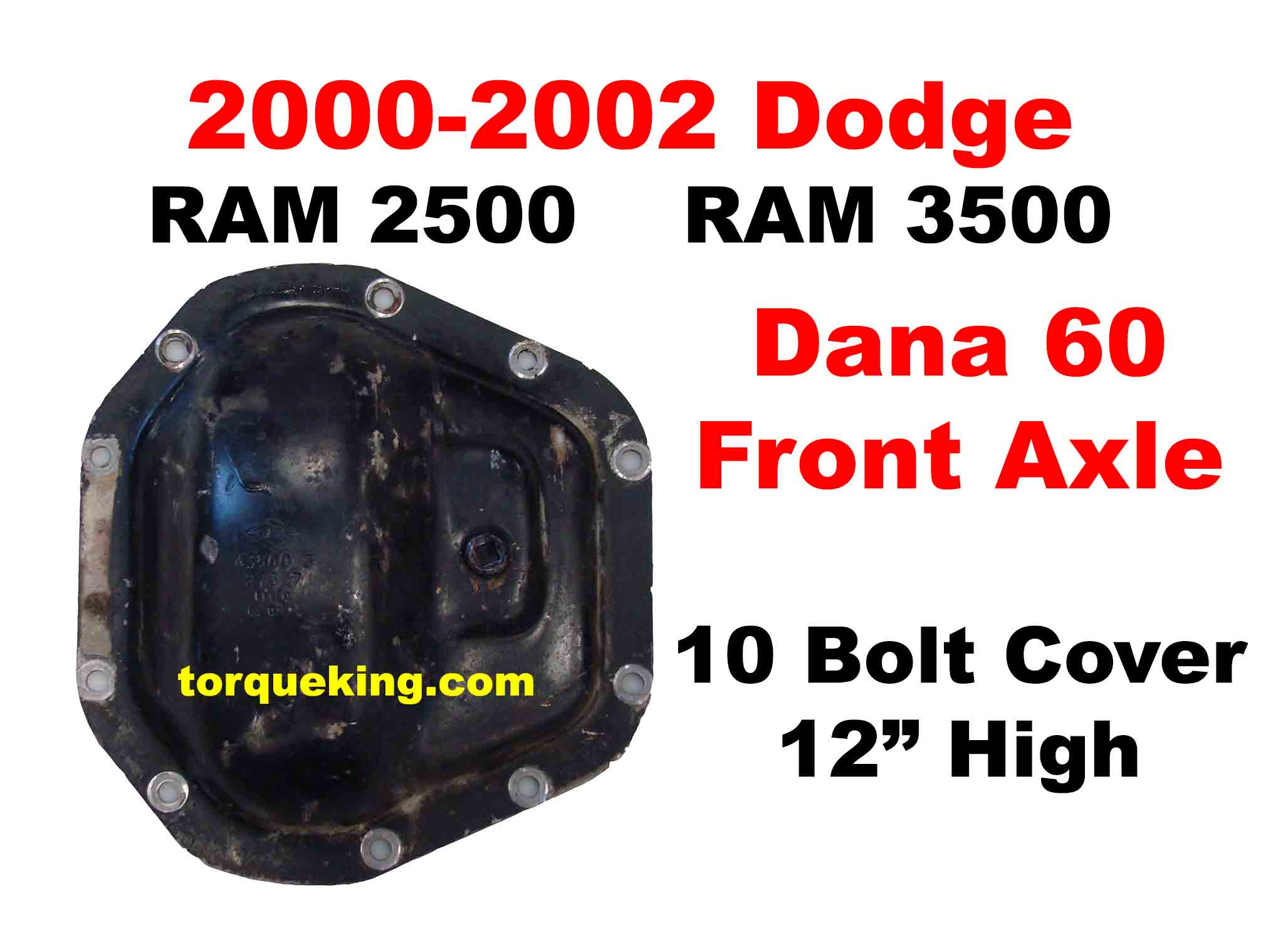2002 Dodge Durango Transmission Problems

For many owners of the 2002 Dodge Durango, the open road became a source of anxiety rather than adventure. Reports of transmission failures, erratic shifting, and complete breakdowns plagued the model year, leaving drivers stranded and wallets significantly lighter.
This article delves into the pervasive transmission issues affecting the 2002 Dodge Durango, examining the root causes, the extent of the problem, the impact on owners, and the responses from Chrysler (now Stellantis) and regulatory bodies. We will analyze available data, owner testimonials, and expert opinions to provide a comprehensive overview of this automotive defect.
The Scope of the Problem
The primary issue centered on the 45RFE automatic transmission. Many owners reported experiencing a range of problems, including slipping gears, harsh shifting, delayed engagement, and complete transmission failure, often occurring at relatively low mileage.
Data from the National Highway Traffic Safety Administration (NHTSA) complaint database reveals a significant number of complaints related to transmission issues in the 2002 Dodge Durango. These complaints paint a picture of widespread frustration and financial burden.
"I was driving down the highway when the transmission suddenly slipped and the vehicle lost power. I barely made it to the side of the road," one owner reported to NHTSA.
Common Symptoms and Failure Points
Several specific symptoms consistently appeared in owner reports. These included difficulty shifting between gears, particularly from first to second, and a noticeable "clunking" sound during gear changes.
Diagnostic codes often pointed to problems with the solenoid pack, valve body, or torque converter within the transmission. In many cases, these components failed prematurely, leading to complete transmission failure.
The transmission fluid cooler line corrosion was also cited as a problem, which can lead to fluid loss and transmission overheating, further exacerbating the issues.
The Owner's Perspective
The financial burden of repairing or replacing the transmission proved to be a significant hardship for many Durango owners. Replacement costs could range from $2,000 to $4,000, a considerable expense for a vehicle of that age.
Beyond the financial strain, the unreliable transmission created safety concerns. Sudden loss of power while driving, particularly on highways, put drivers and passengers at risk.
"I lost all confidence in the vehicle after the transmission failed. I was constantly worried about it breaking down again," said another Durango owner.
Chrysler's Response and Legal Action
Chrysler never issued a formal recall for the 2002 Dodge Durango transmission issues. While some owners may have received assistance through warranties or goodwill gestures, no broad-based solution was offered.
The lack of a recall prompted some owners to pursue legal action, alleging that Chrysler was aware of the transmission problems but failed to adequately address them. It is unclear if any significant class action lawsuits resulted in substantial settlements for affected owners.
Consumer advocate groups criticized Chrysler's handling of the situation, arguing that the company should have taken more proactive measures to address the widespread transmission failures.
Expert Opinions and Potential Causes
Mechanics and automotive experts offered several theories to explain the 2002 Dodge Durango transmission problems. These included manufacturing defects, inadequate cooling systems, and issues with the electronic control system.
Some experts suggested that the transmission was simply not robust enough to handle the weight and power of the Durango, leading to premature wear and failure. Others pointed to a design flaw in the valve body as a contributing factor.
The lack of regular transmission fluid changes was also cited as a potential factor. However, even owners who diligently maintained their vehicles reported experiencing transmission problems.
Looking Ahead
While the 2002 Dodge Durango is now several years old, the legacy of its transmission problems continues to affect owners who still drive these vehicles. Owners should prioritize regular transmission fluid changes and consider installing an auxiliary transmission cooler to help prevent overheating.
Potential buyers of used 2002 Dodge Durangos should be aware of the potential transmission issues and have the vehicle thoroughly inspected by a qualified mechanic before making a purchase.
The 2002 Dodge Durango transmission saga serves as a reminder of the importance of vehicle reliability and the need for automakers to respond responsibly to known defects. The experiences of these owners highlight the significant financial and emotional toll that automotive problems can inflict.















![2002 Dodge Durango Transmission Problems [DIAGRAM] 2000 Dodge Durango Vacuum Line Diagram - MYDIAGRAM.ONLINE](https://www.dodgedurango.net/forums/attachments/durango-discussions-1998-03/17849d1403888517t-2002-durango-vacuum-line-question-untitled-1.jpg)


